#lacewing bug
Explore tagged Tumblr posts
Photo
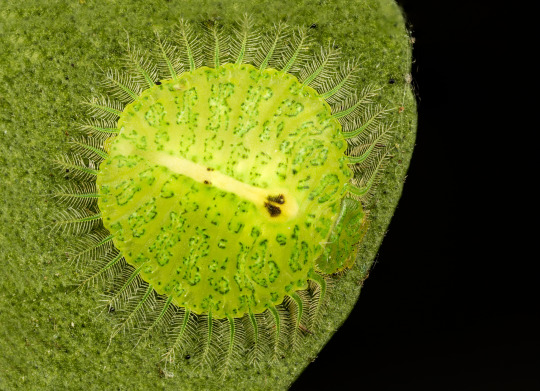
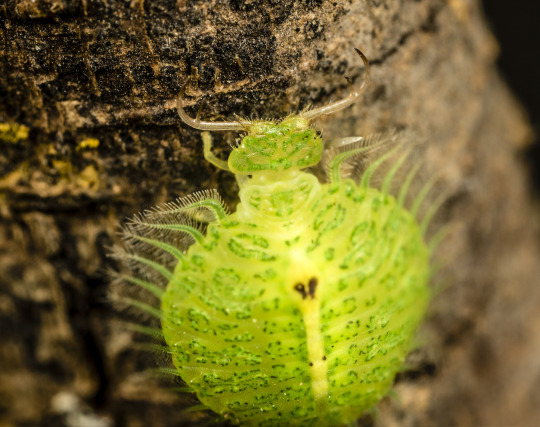
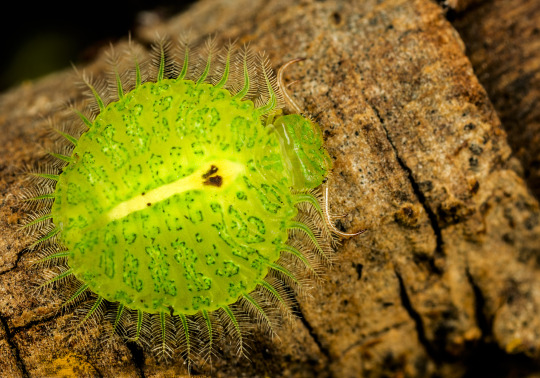
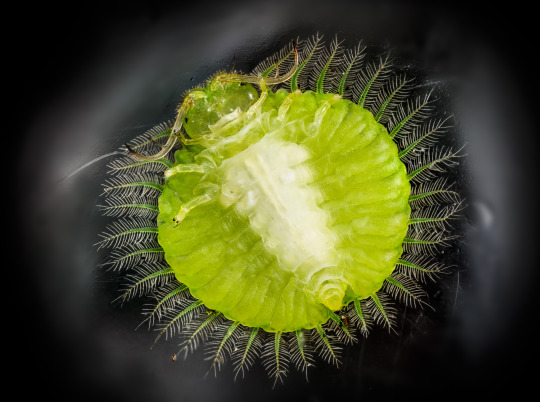
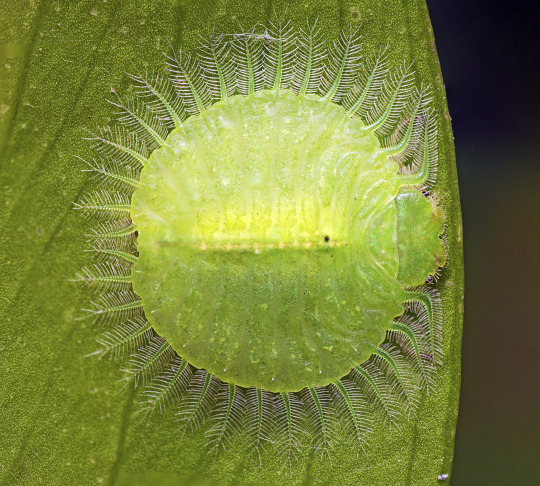
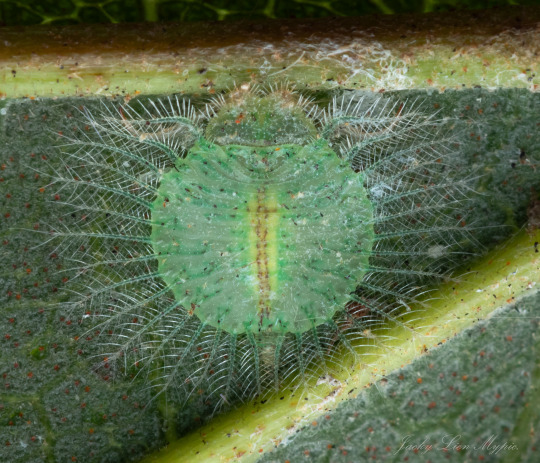
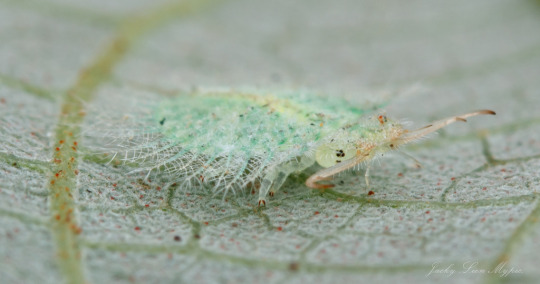

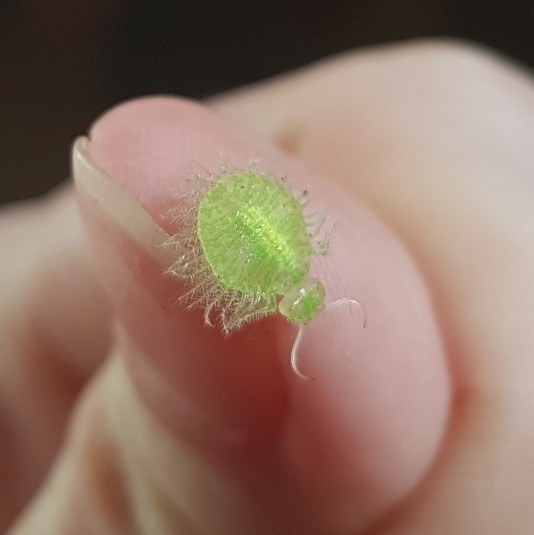

Spill-footed lacewing larvae, Myiodactylinae, Nymphidae, Neuroptera (related to owlflies and antlions)
Found in Australia
Adult in the same subfamily:
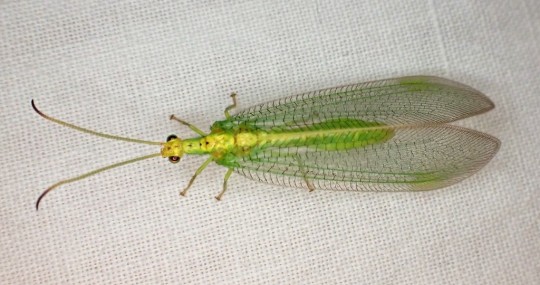
Photos 1-4 by normfarmerimages, 5 by tjeales, 6-8 by doggy48, 9-10 by sofiazed1, and 11 (adult) bystreglystendec
#animals#curators on tumblr#insects#bugs#neuroptera#lacewing#spill footed lacewing#larva#one nice bug#get a load of those snippers
6K notes
·
View notes
Text
Giant Antlions (Palpares immensus): these enormous antlions have been known to attack geckos and other small reptiles
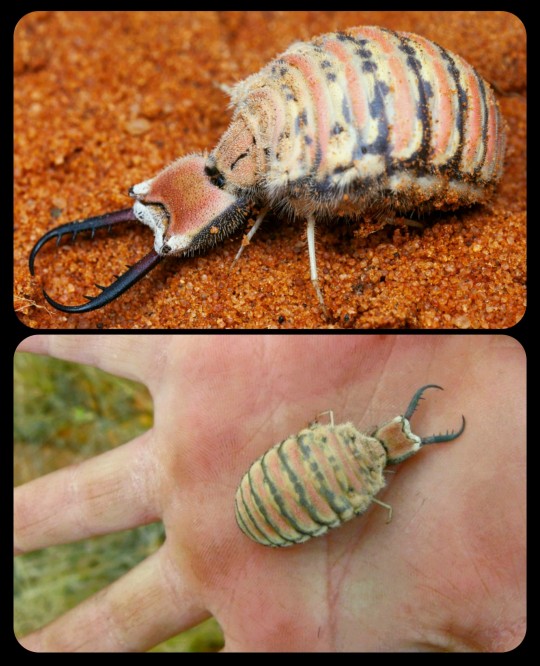
The images above depict the larval stage of Palpares immensus, which is one of the largest antlion species in the world.
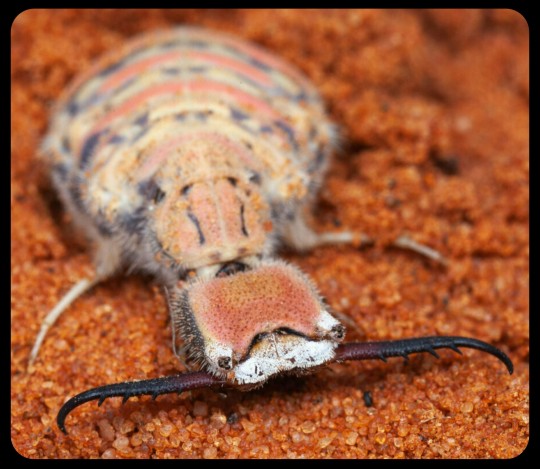
This article provides more information about the unusual behavior of this species:
The larvae live freely in sand and are ambush hunters. They are voracious predators and feed mainly on other arthropods, but have been known to attack geckos and, in one case a small adder. They are unable to feed on these reptiles and usually die as a result of not being able to extract their jaws from the vertebrate prey.
These antlions can be found in sandy, arid environments throughout southern Africa.
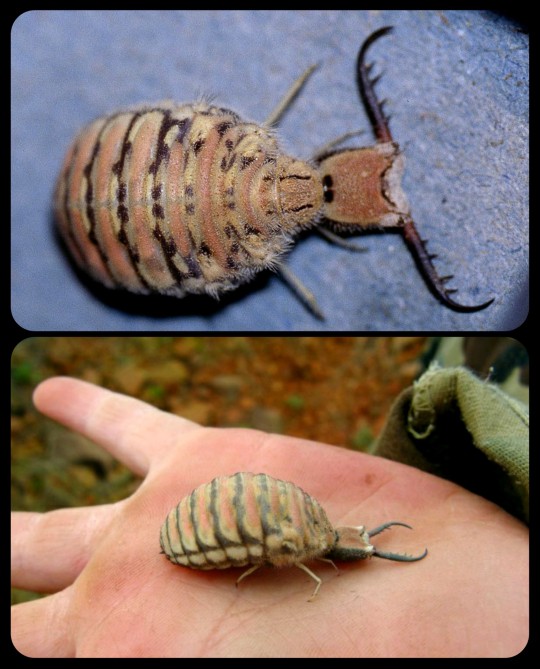
The adult form of Palpares immensus is also depicted in the images below:
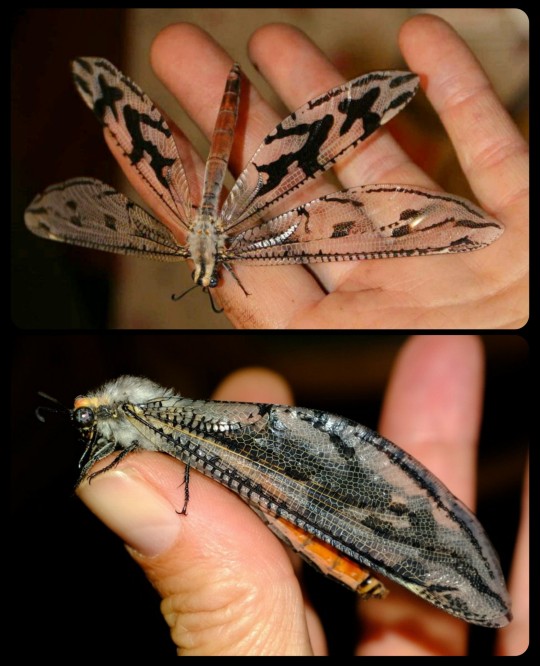
Sources & More Info:
Biodiversity and Development Institute: Palpares immensus
Global Biodiversity Information Facility: P. immensus
Animal Life: Giant Antlion Larva
What's That Bug?: Uncovering Antlion Habitats
#entomology#neuroptera#arthropods#giant antlion#palpares immensus#antlions#baby graboids#larvae#insects#bugs#owlflies#lacewings#animal facts#nature is weird#and also terrifying
1K notes
·
View notes
Text

I made a little friend last night
#Bugs#green lacewing#insects#flying bugs#garden bugs#cute bugs#i looked up the species and in my area it is a very good friendly species!#They keep away garden pests and help control harmful species in gardens#I let the lil’ buddy go free outside!#my art
3K notes
·
View notes
Text

Insectember day 1: Nemoptera sp.
Common name: Spoon-winged lace wing✨
431 notes
·
View notes
Text
Please reblog for larger sample size, and if you feel comfortable, tag your general area?
#bugs#bug#bugblr#no this does not count to if you have seen them in the past this is currently. As in within the last handful of years have you seen this.#Because it occurred to me that I have been walking back and forth from a friend's house for a year.....and it doesn't happen anymore.#And that is a horrifying thought because my windows used to be loaded with moths. Stick bugs. Lacewings. Mantises.#Now i'm lucky if I get one or two window visitors at night.#I basically want to see how fucked our ecology is.
415 notes
·
View notes
Text
me: idk... we just work together we don't know each other That well.. what if she thinks you're weird or is insulted?
the card:

context: coworker is leaving our office to go to dental school so i made her a card

#to quote the 4chan shrimp guy: oh god she's gonna think im autistic#which i mean#i am#so i actually spent a good amount of time picking out a bug i thought represented her well#she's very petit so i went with a lacewing#my art
329 notes
·
View notes
Text

A shy and nervous Lacewing girl. Lacewings are one of my favorite bugs.
Occasionally I try and sketchy out what the sliding scale of bug anthro would look like for me. For me at least it is important that the arms and legs come out of the thorax, but I don't quite know where I want them to come out.
#my art#bugs#insects#lacewing#bugblr#bug art#insect art#bug anthro#insect anthro#lacewings and mayflies are both mentally ill bugs to me.. maybe because of their lifespan#i really love the lacewing's mint green color.. it's so cute#while i usually don't like hair on my bugs .. i thought something complementing her wings might work
130 notes
·
View notes
Text

lacewing
381 notes
·
View notes
Text


orange lacewings (cethosia pentheselia) | source
#orange lacewing#cethosia pentheselia#butterflies#stim#sfw#insects#bugs#black#orange#white#wings#nature#hands#ishy gifs#postish
1K notes
·
View notes
Photo

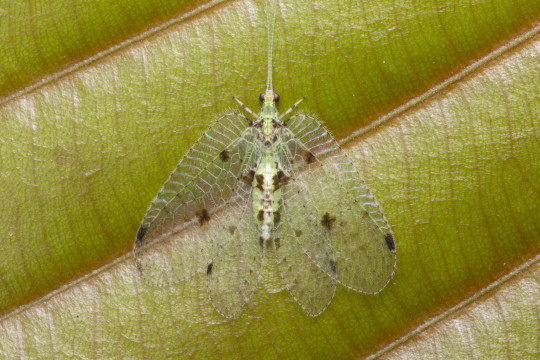
Green lacewing, Ankylopteryx sp., Chrysopidae
Photographed in Singapore by budak
2K notes
·
View notes
Text
Vida's Sheep Jumping Spider: researchers believe that these tiny spiders developed their "woolly" appearance as a way to mimic lacewing larvae or scale insects

The scientific name for this species is Oviballus vidae, but it has also been referred to as the "sheepy jumping spider" or "Vida's jumping spider." It was discovered in 2015, and first described (in a formal context) back in 2020.

As this article (PDF) describes:
Recently, two new salticids, R. legitima and Oviballus vidae were described from South Africa, and suggested to be mimics of either scale insects (Hemiptera: Coccoidea) or lacewing larvae (Neuroptera: Chrysopidae), due to their white colouration and the presence of peculiar tufts of white setae on the body.

The possibility of [scale insects] being the model is supported by Oviballus vidae being regularly collected from plants with woolly scales, although the movements of O. vidae quite closely resemble those of chrysopid larvae.
In fact, a fourth species of possible scale mimic, a new Rhene species, was recently discovered in a collection of salticids from southern Mozambique, indicating that this phenomenon may be more widespread than has previously been known or even suspected.
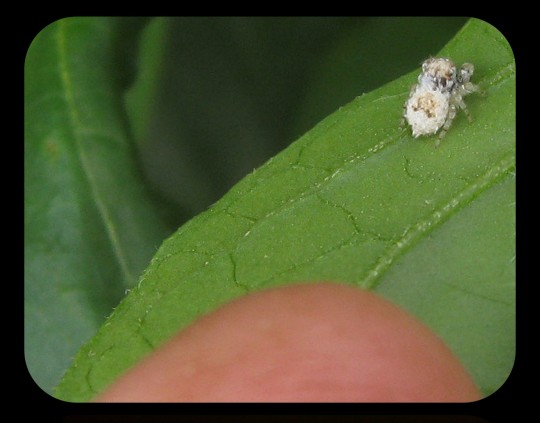
O. vidae was named after Vida van der Walt, the photographer who captured some of the first images of these spiders back in 2015, just after the species was discovered by Dr. Galina Azarkina. Vida van der Walt also took the photographs that appear in this post.
Sources & More Info:
Arthropoda Selecta (scientific journal): Rediscovery and Redescription of Rhene cooperi, another possible mimic of scale insects (PDF)
Spider Club of South Africa: Two New Species Named After SA Photographer (PDF, with the relevant info on page 5)
Field Guide to the Spiders of South Africa: Section on Vida's Sheep Jumping Spider
#arachnology#jumping spider#oviballus vidae#mimicry#cute bugs#animal facts#lacewing larvae#scale insects#south africa#wildlife#cute spider#sheep jumping spider#arthropods#cw spiders#but it's a really fluffy spider
403 notes
·
View notes
Text


inornate pyrausta + green lacewing
70 notes
·
View notes
Text
love Mantispidae... like little praying mantis angels



#not actually mantids but Neuroptera (lacewings). crazy#entomology#inaturalist#insects#bugs#bugblr#zoology#ecology#praying mantis
304 notes
·
View notes
Text

a rainy late spring day allowed me to get as close to this sleepy lacewing as i wanted. not a fan of downpours, but light rain is excellent for finding bugs. a lot of normally hidden ones come out looking for moisture, and the ones that are usually active and hard to photograph all calm down and curl up somewhere. occasionally you find a soaking wet bug and they look ridiculous. all in all it's a great time
(June 8th, 2024)
73 notes
·
View notes
Text


These babies absolutely mesmerize me. I lived in a house that these things were attracted to from day one. The Green Lacewing.
I don't know where these would come from, but they'd be all over my porch in hundreds, and in my house more often than not.
I think they're pretty though, so it didn't bother me one bit.
The green lacewing eats mites and aphids and other small insects and are very beneficial in a garden. In fact, they are more useful in gardening than the iconic ladybug!
Careful, though. These things stink a lot like a stink bug does when they are in danger.
All hail the green lacewing.
#bugs#bug#insect#insects#the bug collection#creepy crawlies#the more you know#green lacewing#lacewing#fly#mites#gardening
25 notes
·
View notes